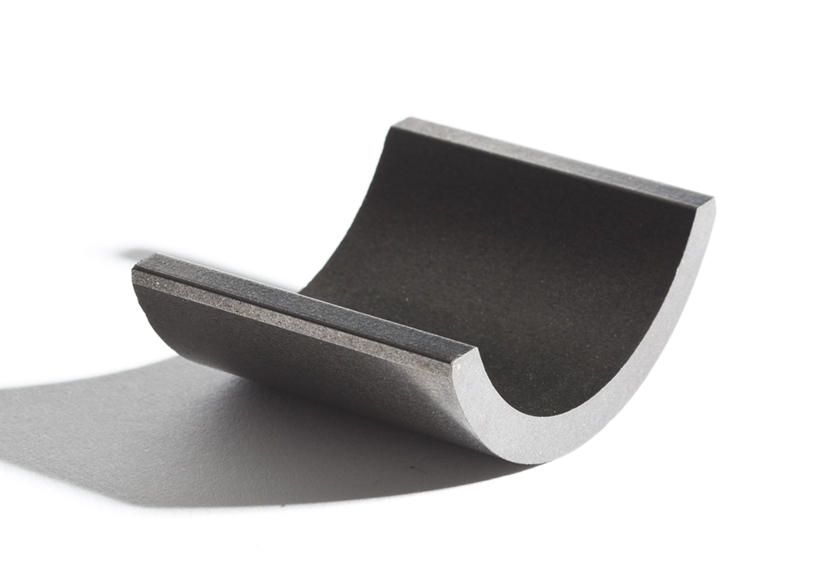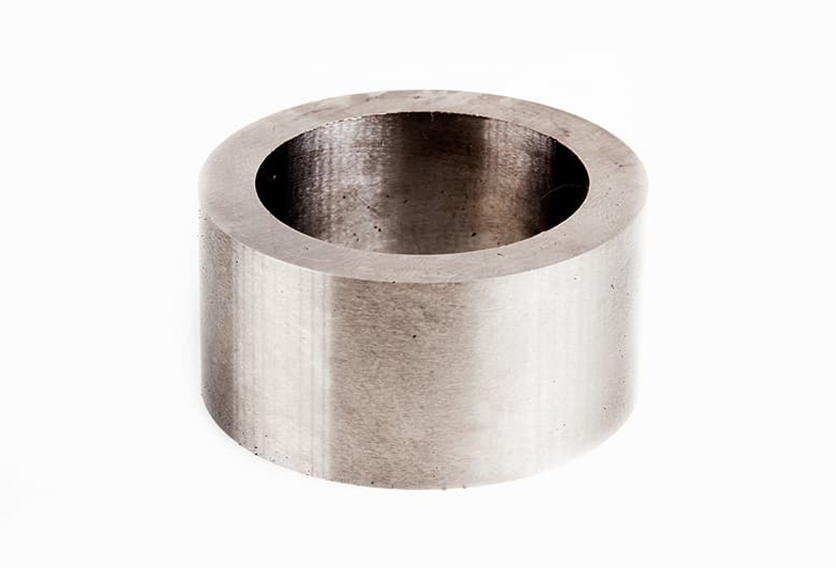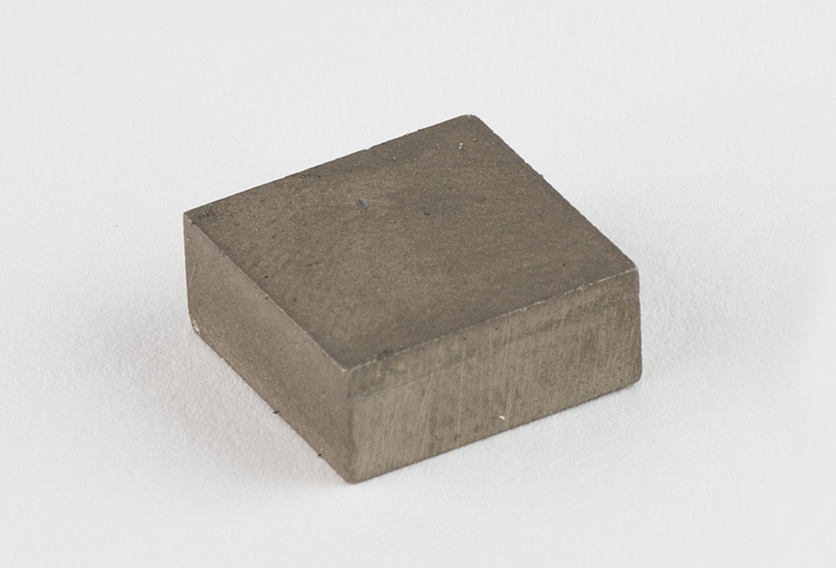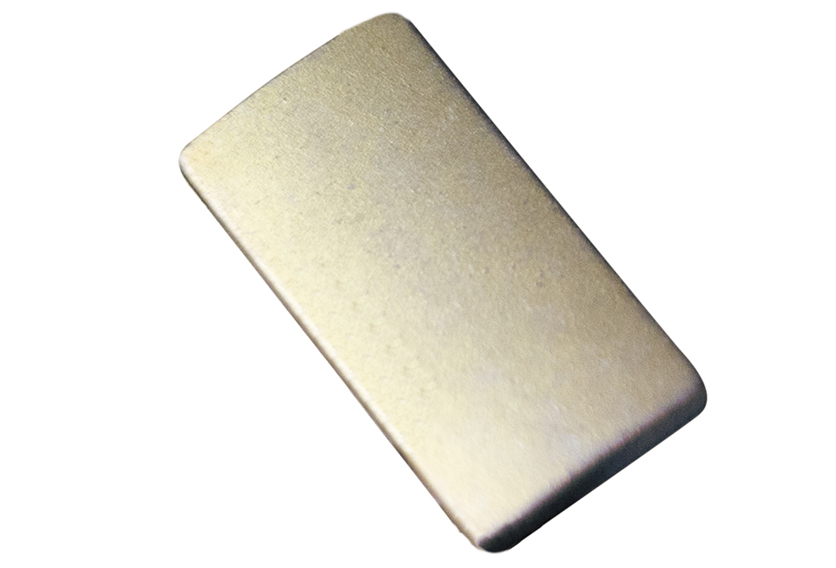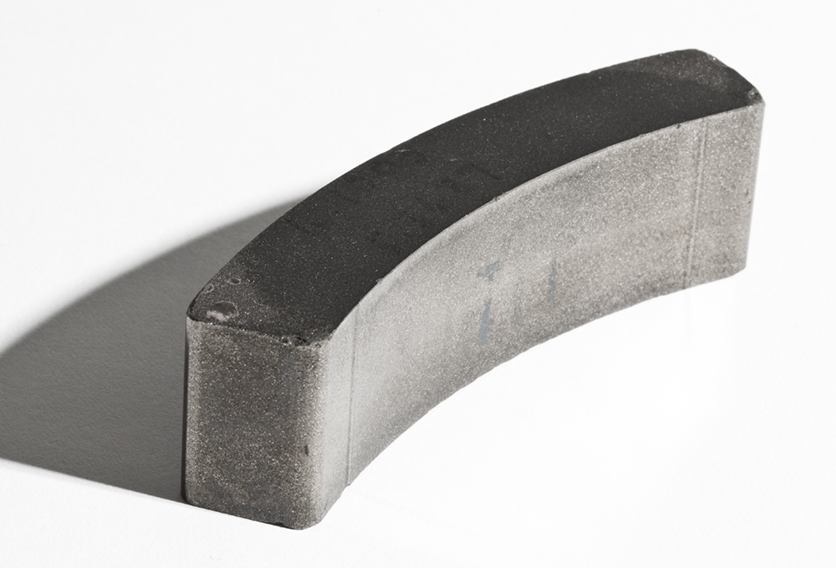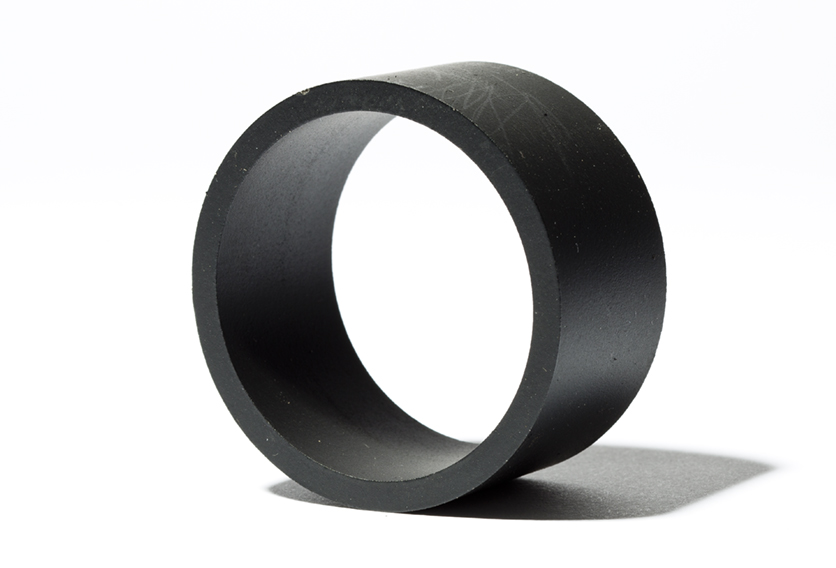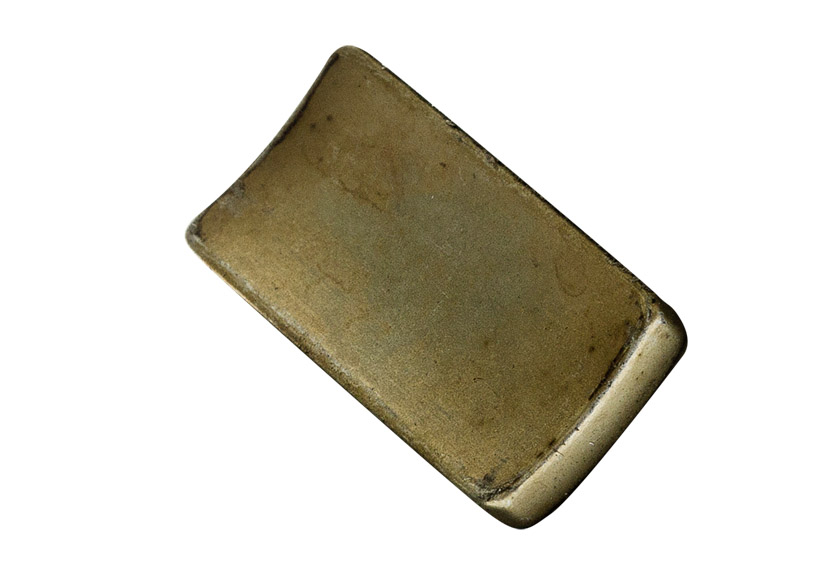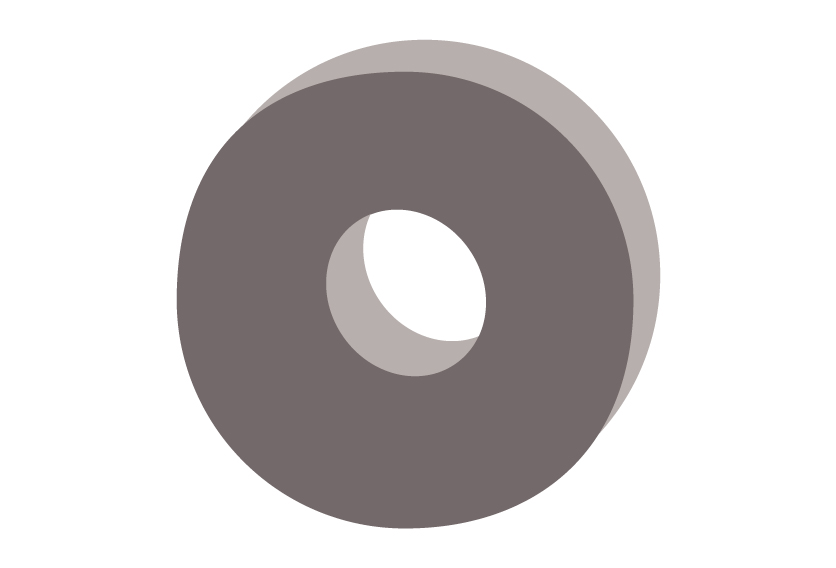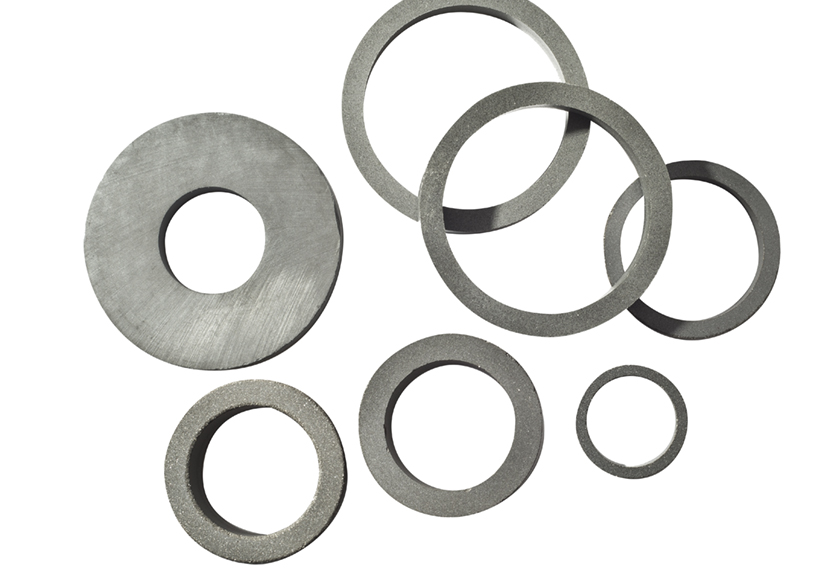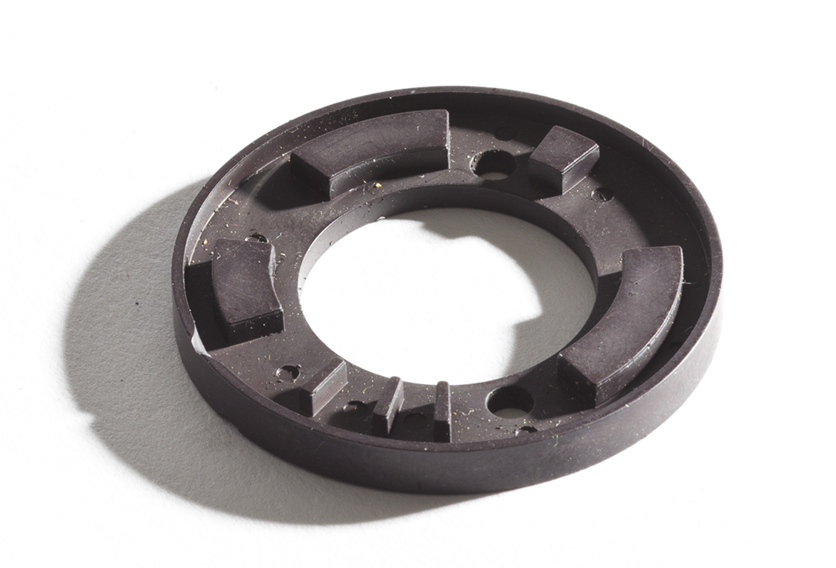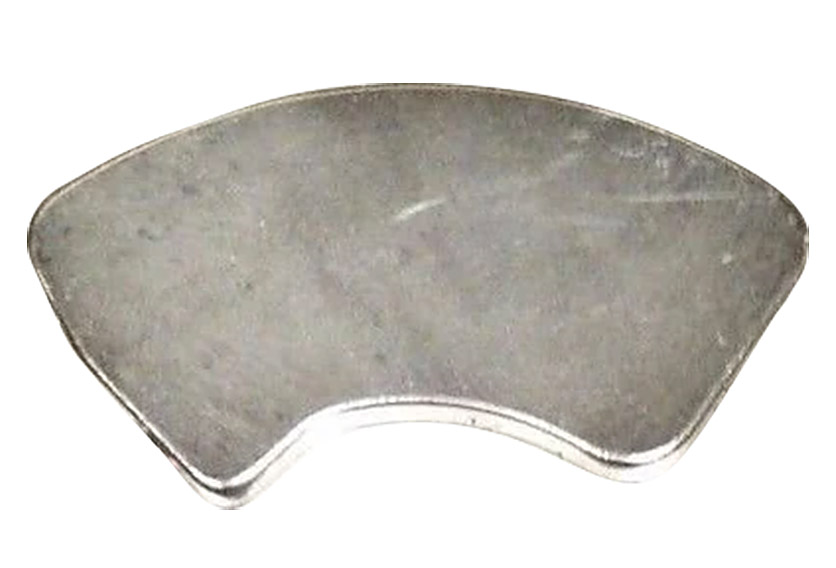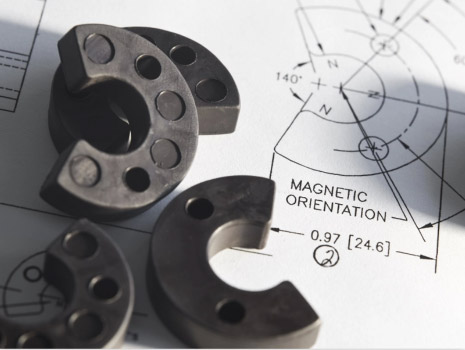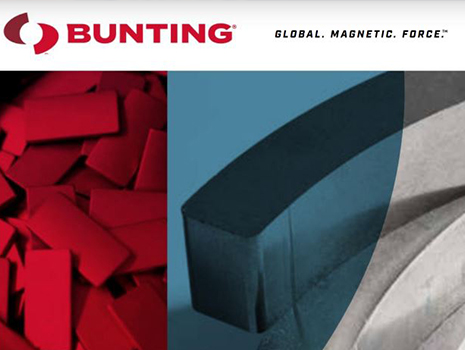
Injection Molded Magnets
These rare earth magnets provide seemingly endless shapes and sizes while maintaining magnetic strength.
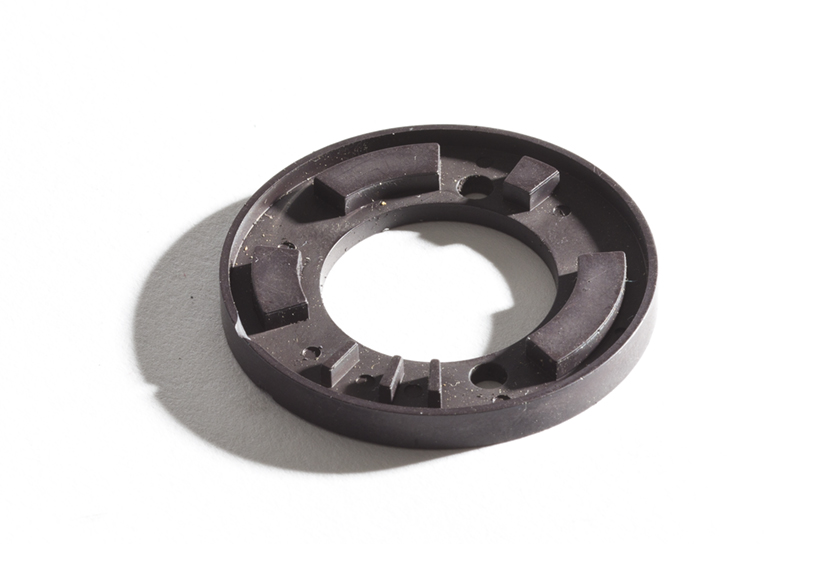
- NdFeB, SmCo, AlNiCo, and Ferrite materials are available
- Molds can be formed in many shapes and sizes
- Low electrical conductivity
- More tolerant than compression bonding, but lower magnetic performance
Bunting Injection Molded Magnets Can Achieve Complex Shapes and High Precision
Injection molded magnets are available in both neodymium and hard ferrite materials and are often used in large quantities for various applications. What makes these especially useful is that they provide seemingly endless shapes and sizes while maintaining magnetic strength. They are made by mixing magnetic materials with a polymer binder, like nylon or polyphenylene sulfide. Injection molding is an ideal process for applications that require high levels of precision, highly complex shapes, and insert or over-molding. By utilizing injection molding, many identical components can be created in a short amount of time, making injection molding appealing for high volume production. Injection molded magnets are used in magnetic sensors, magnetic brakes, and many more functions.
Manufacturing Custom Injection Molded Magnets
Two components are used to create basic bonded magnets: a non-magnetic polymer or elastomer binder and a magnetic powder. Injection molded magnets are created by injecting this molten, highly filled thermoplastic compound into mold cavities where it cools and solidifies. The magnetic element of this compound typically consists of ferrite and NdFeB (neodymium-iron-boron) powders. Mixing this magnetic material with a polymer allows for a magnetic compound to be created that can then be injection molded in the same way as any other thermoplastic. By using injection molding, the resulting magnet is able to have tight tolerances and other properties that can only be achieved through this method.

